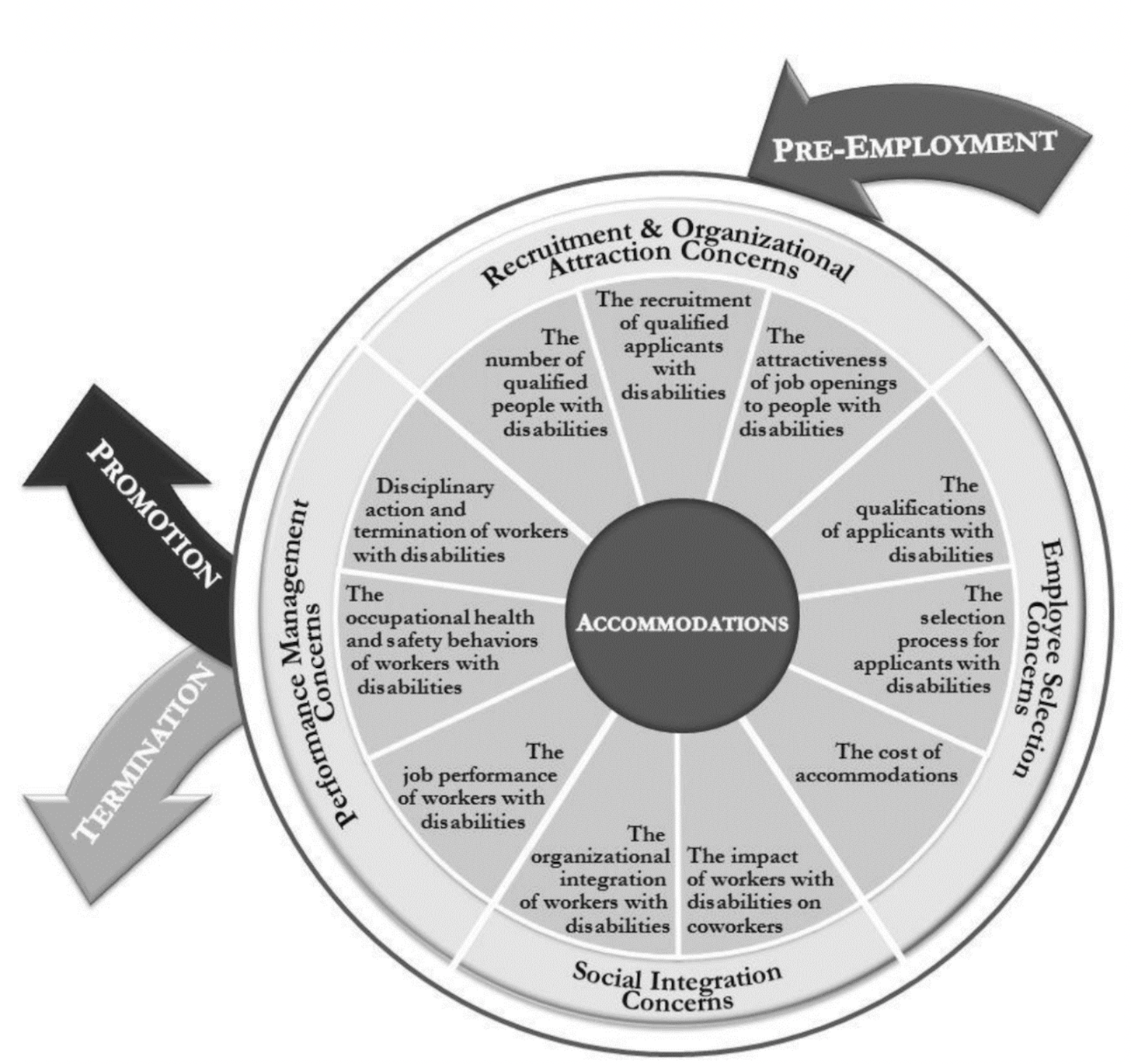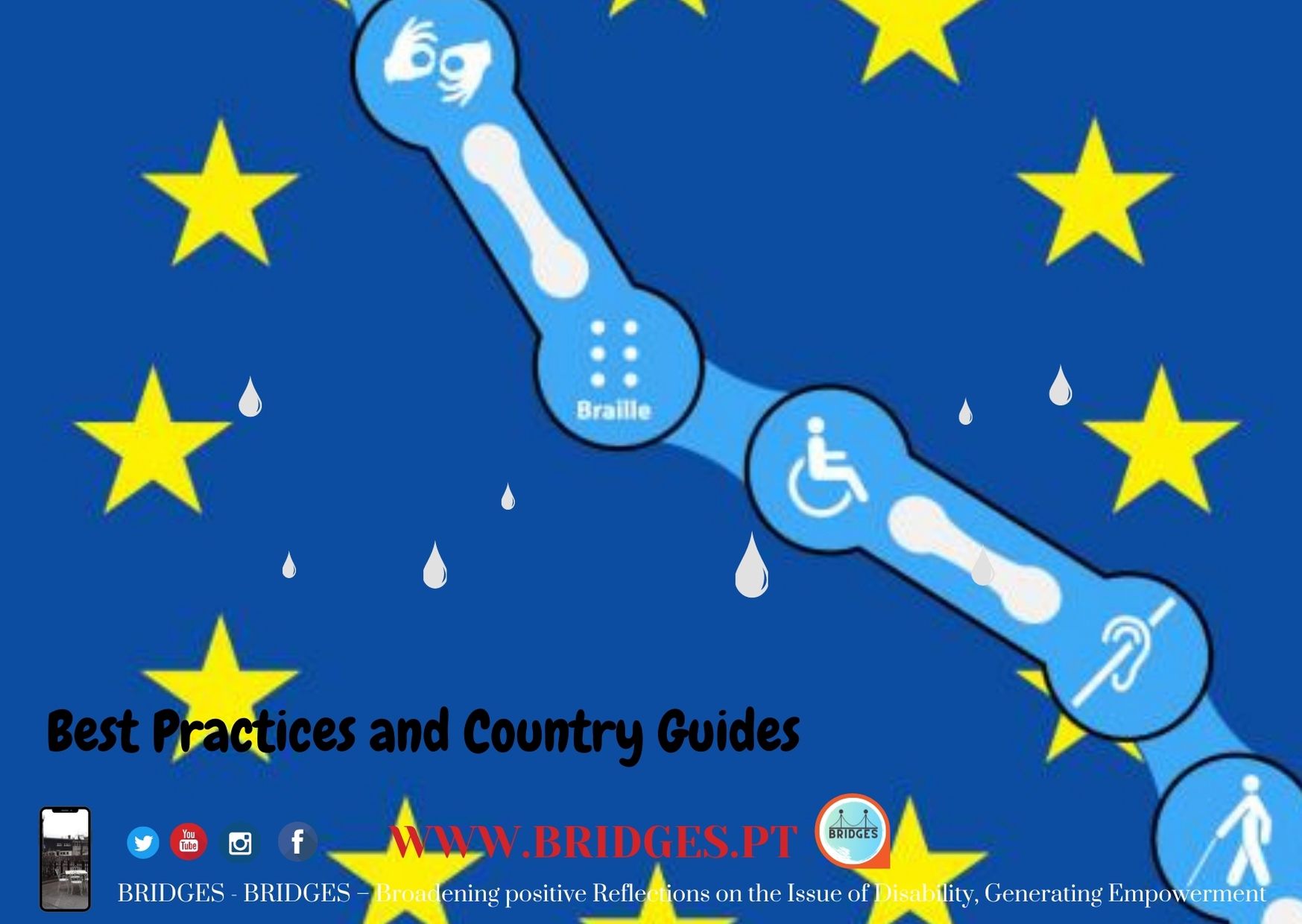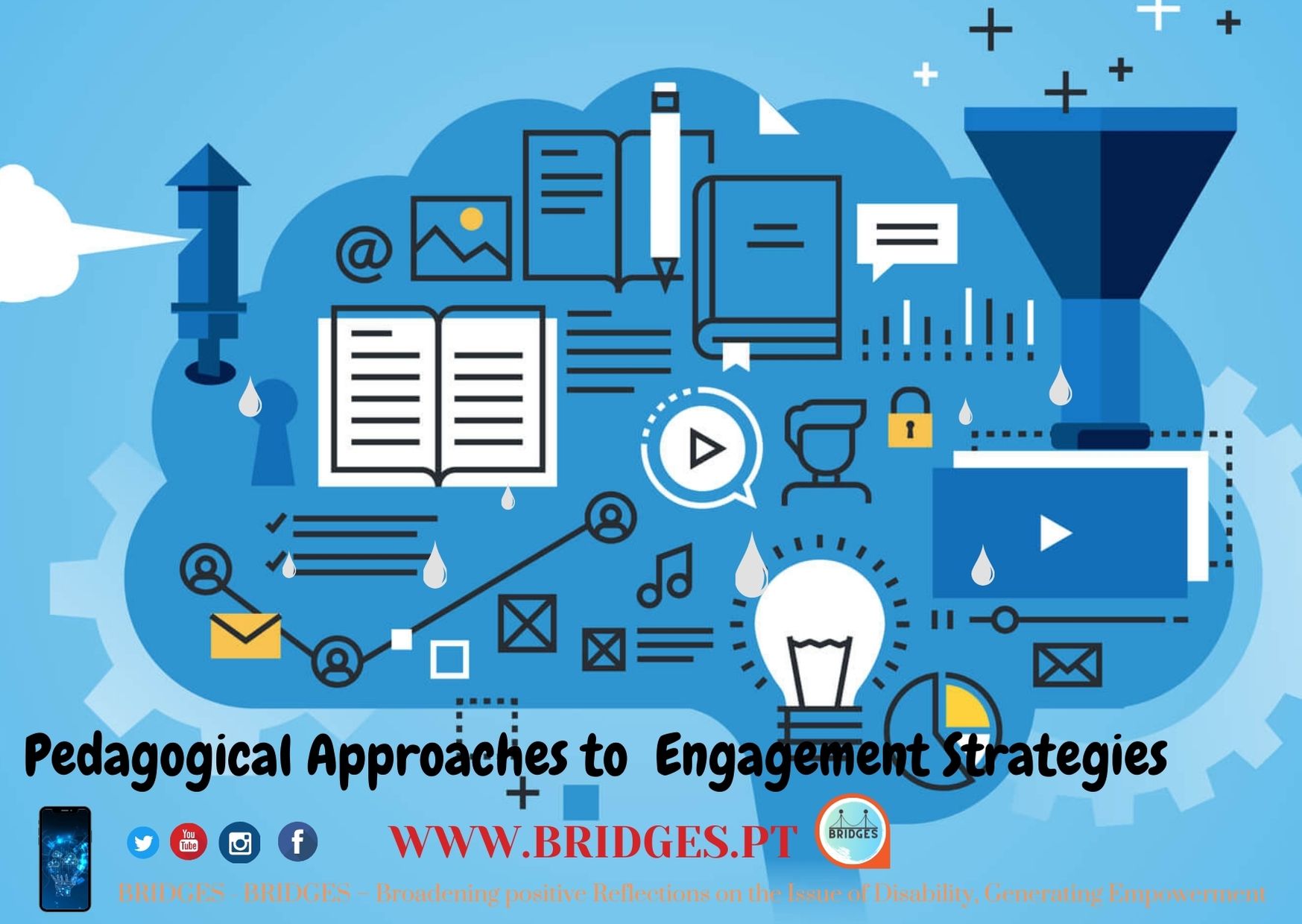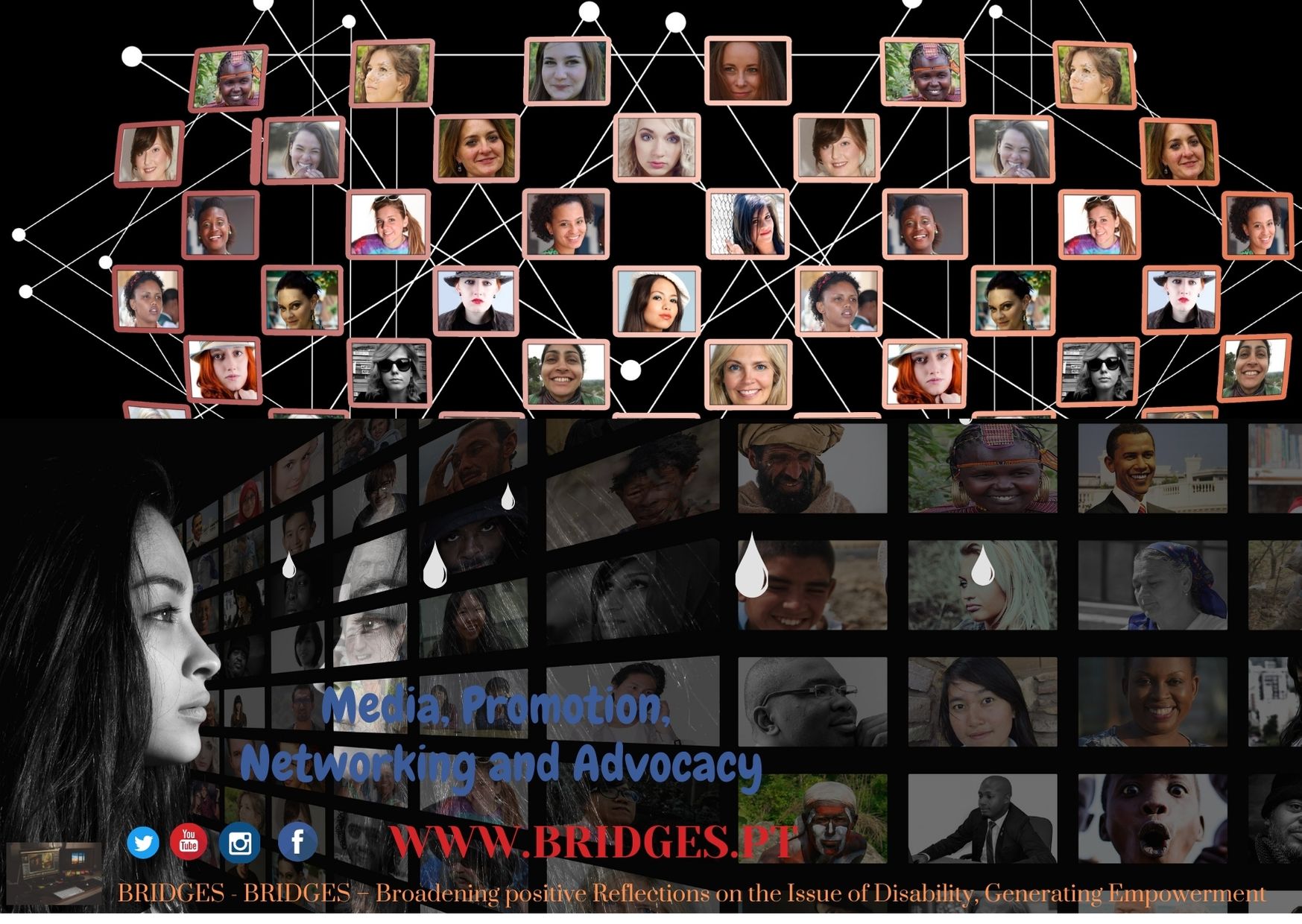Learning Outcomes
After completing this module, the learner will be able to:
- Identify opportunities to facilitate the hiring and enrolling process for both employer (employer engagement) and employee
- Act according to an ethical code towards working with vulnerable persons and their privacy
- Analyse the work behaviour of the client and support the person towards full integration in the workspace (on-and-off-the-job support)
In this module, you will learn about how to facilitate the hiring and enrolling process once the person with a disability you are supporting, has found a job. As employer engagement is an essential part in this process, we will focus on this aspect and share tips, strategies and case studies on how to improve it. Also, you will learn how to mirror employers’ concerns for hiring or employing a person with a disability to the employee’s concern.
Next, there is a practical unit on privacy and ethical issues. You will learn how to create a deontological form and think about certain ethical issues that might come up in the workplace.
Finally, we focus on how to support a person with a disability who found a new job on getting started at the workplace and how to stay in the job. This unit is all about learning practical tips about the process of follow-up at the workplace.
Employer engagement – deontological code – ethical issues – on and off the job support
|
Employer engagement |
To engage employers in hiring a person with disabilities |
| Deontological code | Written guidelines that suggest certain actions are good or bad according to a clear set of rules. |
| Uninitiated level | Businesses who have no experience in hiring people with disabilities. |
| Inclusive level | A business already making efforts to be inclusive (e.g. in terms of gender, race, etc.), but may need support on the possibility of employing persons with a disability. |
| Choir level | A business that provides inclusive employment cultures with the necessary mechanisms in place to employ persons with disabilities. |
You know a job seeker who is ready for employment and you managed to organise a meeting with a company that is open to diversify their workforce. Although you have the feeling the job position available at the company might be a good match with the job seeker you are supporting, this would be the first time the company would hire someone with a disability. However, the manager seems to be of good will, but you already felt that he/she is still somewhat reluctant now that a potential match has been found and they still have quite some questions about hiring this person.
In this situation, it is vital to be able to reassure the manager that this opportunity would benefit both the employer and employee, and that there is the right support available when needed. In this unit, you will find out supportive information on how to make sure this message gets through.
In the aforementioned example, the company has no experience in hiring employees with disabilities. Therefore, the manager might have different questions about hiring an employee with a disability. In a research report written by Social Dynamics LLC (Bartolotta R., Skaff L. & Klayman D. 2014), the authors write about research conducted on ‘employer engagement strategy’ by Wharton University. They identified three different segments on inclusion in the private employment sector that all require a different approach when it comes down to employer engagement. These are companies at an uninitiated level, an inclusive level of engagement in inclusive hiring practices and being the ‘choir’ in their hiring and retention practices.
1.1.1 Uninitiated level
Businesses who have no experience in hiring people with disabilities are at the so-called ‘uninitiated level’. According to the Wharton University research, you could consider the following strategies:
- Share success stories rather than statistics: this shows employers hiring people what can be done and how it can benefit them. Using statistics might show that discrimination is common, thus might make it seem more defensible for companies to do the same.
- Promote empathy to help incentivise the employers’ change effort: the greater the exposure of companies to people with disabilities, the more likely a company would hire them in the future. You could also focus on abilities that people with and without a disability have in common.
- Support them in any way you can: these companies have the farthest way to go in terms of an equitable workforce, they could really benefit from your support in every step of the way.
1.1.2 Inclusive level
It might surprise you that not everyone thinks about people with disabilities when thinking about inclusion. Inclusion might also be about gender and race equality for example. So if you encounter a manager saying they are already doing efforts to being inclusive, you still might need to inform them about the possibility of employing persons with a disability.
Apart from educating them, you could also consider peer-to-peer support from a company who is already at the Choir level. In that case, make sure to include managers at all levels.
1.1.3 Choir level
Companies at the ‘choir’ level, who provide inclusive employment cultures with the necessary mechanisms in place to employ persons with disabilities still might face barriers. Recurring challenges are for example finding the right candidates with disabilities for the job, or encouraging self-disclosure.
Therefore, you might be able to help these companies with finding the right candidates for the job, or support employers in providing training for employees with disabilities in particular in (high-demand) skills.
Businesses who encourage employees to tell their managers they have a disability, have some particular characteristics. So you could ask businesses who don’t know about employees’ disabilities to encourage the following:
- Make their support of people with disabilities highly visible
- Advertise their success in success stories and statistics
- Promote peer-to-peer support for people with disabilities
- Offer the chance of a work experience trial (max. a couple of weeks)
- Hiring people with disabilities should not cost more than hiring someone without a disability. Accommodations for the majority of people with disabilities do not cost much and usually there are tax incentives available to help
- Encourage employers with experience in hiring persons with disabilities to talk with other employers
- Ensure you know about all incentives and schemes available for employers and the impact they have on job seekers and employers
- Do not get involved with employers who may not provide suitable worksites or appropriate jobs
- Portray a professional approach at all times
1.2.1 Case studies
Often enough, a person with a disability might not come out as the person best suited for the job after the interview process. However, employers should also be aware that this might be the case because the selection process in itself is discouraging applicants with disabilities:
Case Study Microsoft – Adapting the Interview Process
“At Microsoft, managers realized that people with autism weren’t getting hired despite clearly having the required knowledge and intellect. As Jenny Lay-Flurrie, the company’s chief accessibility officer, told us, “We discovered that the problem was the interview process, so we did away with that process entirely for candidates with autism.” Microsoft instead began working with a local autism-support organization to bring in candidates for a different type of evaluation process. The assessment program involved a series of exercises designed to test teamwork and technical skills; it also provided real-time training. Now, says Lay-Flurrie, “we feel confident we haven’t overlooked a strong candidate simply because a common assessment practice doesn’t play to their strengths.”
Case study Specialisterne – The power of ‘hangouts’
“Specialisterne created “hangouts”—comfortable gatherings, usually lasting half a day, in which neurodiverse job candidates can demonstrate their abilities in casual interactions with company managers. At the end of a hangout, some candidates are selected for two to six weeks of further assessment and training (the duration varies by company). During this time, they use Lego Mindstorms robotic construction and programming kits to work on assigned projects—first individually and then in groups, with the projects becoming more like actual work as the process continues. Some companies have additional sessions. SAP, for example, established a “soft skills” module to help candidates who have never worked in a professional environment become familiar with the norms of such a setting. These efforts are typically funded by the government or non-profits. Trainees are usually paid.” Austin & Pisano (2017).
Case study David (38) – Struggling with a job search because of paranoid schizophrenia
“David is 38 and was diagnosed with paranoid schizophrenia 18 years ago. He has worked in the past, but has experienced significant barriers and prejudice as a result of his mental health issues. He is very keen to get back into work, but finds it quite a struggle, due to the significant stigma and prejudice attached to mental illness.
He is currently volunteering five days a week with a local charity, helping other people with mental health issues and providing advocacy on their behalf. David has a good understanding of his illness and manages it as well as anyone could. As he says, “I know when the early warning signs are and I know when I need to step away from the situation. I would also suffer from depression – I think that’s all part of it.”
For years David had not disclosed his illness on job applications, because he found that doing so made it really difficult to get jobs. But when he saw a job with a call centre company who had a policy of employing disabled people, he decided he would disclose his illness when applying for the post. His experience as a result of that illustrates another kind of detrimental impact that pre-employment inquiries on a form or at an interview can produce.
David was pleased to find that he had been short-listed for interview, but during that interview, the panel started to ask questions about David’s illness. “One of the questions was would I be dangerous working with other people? Obviously, this is not the case and shows how little people might know about schizophrenia or mental illnesses in general. But I could not think of any proper answer as the question completely froze me.”
David got the job, but was required to discuss his disability with his line manager once a week, how he was managing it and how he was feeling, in detail. This caused him a number of difficulties. “Going into the job I was straight on the defensive,” he says, “I mean I suffer from paranoia as it is, and then I was put into a situation where I knew that everybody was judging me and everybody was watching my behaviour so this kind of exaggerated my paranoia.” Having to talk about sensitive and personal aspects of his life to his line manager was very difficult, not least because his manager had no training in mental health. “When you are talking about your mental illness, you are sometimes talking about things that you don’t want to talk to even your family about. I discuss my mental health with professionals like psychiatrists and CPNs all the time. But these are trained people, people you have spent years with building up a trusting relationship. When you have just walked into a job you don’t know the manager, you haven’t built up that relationship. Yet you are being expected to talk about some of the most confidential things to someone you don’t know, things you might not even talk to your partner about” (Brookhall Consulting Services Ltd, 2013).
Mirroring Employer’s Concerns to Employees Concerns
In a study carried out by Bonaccio, S., Connelly, C.E., Gellatly, I.R. et al., (2020) the researchers collected all employers’ concerns regarding working with persons with disabilities into the ‘employment circle’ find below (Figure 1).

Figure 1 – Employer’s concerns along The Employment Circle (Bonaccio, S., Connelly, C.E., Gellatly, I.R. et al., (2020))
Most of their concerns however, were based upon stereotypes and assumptions that don’t find any evidence in research. Also, most of the employer’s concerns could actually be mirrored to employees concerns. For example, the concerns expressed by managers surrounding accommodations are, from the perspective of employees with disabilities, concerns of appropriate provision of support.
When supporting a person with a disability in the workplace, you might come across several deontological challenges. Not only are terms like confidentiality and privacy of utmost importance, also ethical issues might come along in the workplace. This module will make sure you are prepared for these challenges ahead.
Privacy Issues
How much of the (medical) information you have about a person can be shared with a potential employer? When is the best time to do this? And what if the job seeker does not want to disclose about his or her disability?
First and foremost, you should respect the jobseeker’s confidentiality at all times. A good way to know what you can or cannot say, is to set up a deontological form with the person you are supporting. Here are some elements that could be part of your agreement:
- What information about their disability would the jobseeker feel comfortable with to be shared with a (potential) employer?
- No information
- Only information that is relevant to the job
- All information
- When would they like the (potential) employer to be told?
- Before the hiring process gets started
- When a job has been offerer
- Does the jobseeker want to have this conversation by him/herself or do they want you to do this for them? What would be best?
You should have a thorough understanding of how the jobseeker would like to approach this matter. It might be important to encourage the person with disabilities to be as transparent as possible, as this might ease the further employment process. This way, there can be transparent communication about certain adaptations needed for the job and the employee would not feel stressed about what their manager would think when they would find out.
However, it is understandable that someone fears to be discriminated against when the person is still looking for a job. If that is the case, you should respect their approach and maybe bring it up again as soon as they have received a job offer.
Inclusion in the workplace is not always easy and has its challenges.
In the learning activity below, you can find out for yourself!
For each example, answer the questions.
When the person you are supporting has found a job, you can play an important role in ensuring the job lives up to their expectations and they themselves live up to the expectations of their employer.
A good practice in on-and-off-the-job support is setting up an agreement between employee and employer regarding the conditions of both parties to attain a successful cooperation. This agreement could include the job description with clear defined duties related to their abilities, a point of contact, agreed adaptations to facilitate the employee, an evaluation procedure, etc.
3.1.1 Job Description
It might not always be the case that the newly hired employee will be able to carry out all tasks outlined in the job description. Adjustments might be needed. The following strategies give you an idea of how to come up with an adjusted job description (Griffin, C., Hammis, D. and Geary, T, 2007):
- Job carving: A new job is created that fits the abilities of the employee. This happens when the tasks of the new employee are taken from the job descriptions of different existing jobs in the company.
- Job stripping: Taking away some tasks from the regular job description that are difficult to do for the employee because of his disability (e.g. reading or carrying heavy objects). In exchange, the person might take over other tasks from his co-workers.
- Job enrichment: the adding of new tasks to the job description according to the abilities of the employee or to foster inclusion in the company. E.g. in a job with little contact with co-workers, being responsible for the daily collection of any coffee, lunch or other orders.
3.1.2 Individual Action Plan
The agreement could also contain an Individual Action Plan. This should address both work issues and personal issues that could affect the person’s work performance. It could also state the roles and tasks of everyone involved, who is responsible for what actions, and a timescale.
Having the responsibilities and agreements clarified might help the sustainability of the job as the person’s position will be better protected when changes in management occur, but also for the employer, in case a problem with the employee arises or expectations are not met.
When a person with disabilities starts at a new company, the manager might know about their disabilities, but that does not mean their colleagues do. So again, it might be useful to have a conversation about this with the person you are supporting. What do they want their co-workers to know? And if they like them to be informed, how will they proceed? If needed, a short training for the new colleagues and managers might be interesting. Not only to provide them with the information needed (e.g. interaction with a person who has autism), but also to raise awareness about disability in itself.
Moreover, the new employee needs to get trained in the work that is there to be done, and in building social relationships with their new colleagues. Therefore, it might be useful to assign a mentor who can introduce the person to the colleagues, the company and the job.
Another idea might be to set up a peer-support system, like the company SAP did for their new employees:
“SAP defines two “support circles”—one for the workplace, the other for an employee’s personal life. The workplace support circle includes a team manager, a team buddy, a job and life skills coach, a work mentor, and an “HR business partner,” who oversees a group of program participants. Buddies are staff members on the same team who provide assistance with daily tasks, workload management, and prioritization. Job and life skills coaches are usually from social partner organizations. Other social partner roles include vocational rehab counsellor and personal counsellor. Usually, families of employees also provide support.” Austin & Pisano (2017).
Just like everybody else, someone with a disability might dream about a long-term career path, rather than keep doing the same job for several years. Therefore, it is important for the employer to have an idea about their talents and limitations. Usually, supervisors get an idea about the strengths and challenges of their employees over time, but it might be helpful if you could bring this up at one of the final follow-up meetings.
A certain way to bring up a performance review might be to carry out a job evaluation. The following questions might be helpful:
- Have the support strategies been helpful for the employee and the co-workers?
- Have the goals of the support been reached?
- What should be changed?
- What support is still needed?
Such a job evaluation might identify certain needs for improvement, but maybe also for education, training and career development. The employee should know whom to go to for discussing a better position in the company or to change the job.
Watch the video of Harrison’s success story. What were key factors towards his success?
Now you have completed this module, you have learned about employer engagement strategies, on-an-off-the-job support and you can consider potential ethical problems that might come up on the workplace.
The European Union developed a very useful toolkit for persons working in supported employment. Find it here
Elise Roy explains why losing her ability to hear turned out to be one of her greatest gifts and how she uses design-thinking in disability issues.
– In this video 4 myths about disability disclosure are being unravelled.
Austin, R. & Pisano, P. (2017). Neurodiversity As a Competitive Advantage, Harvard Business Review. Retrieved from https://hbr.org/2017/05/neurodiversity-as-a-competitive-advantage
Bartolotta, R., Skaff, L., Klayman, D. (2018). Employer Engagement Strategy: Workforce Inclusion, Social Dynamics. Retrieved from: https://www.socialdynamicsllc.com/wp-content/uploads/2018/06/20140604BusinessCaseEngagementWhitePaper.pdf
Bonaccio, S., Connelly, C.E., Gellatly, I.R. et al. (2020) The Participation of People with Disabilities in the Workplace Across the Employment Cycle: Employer Concerns and Research Evidence. J Bus Psychol 35, 135–158. https://doi.org/10.1007/s10869-018-9602-5
Brookhall Consulting Services Ltd (2013). Strengthening Protection for Disabled People: Case Studies. Prepared by Brookhall Consulting Services Ltd for the Equality Commission for NI. Retrieved From: https://www.equalityni.org/ECNI/media/ECNI/Publications/Delivering%20Equality/DisabledPeople-CaseStudiesReport.pdf
European Union of Supported Employment Toolkit (2010). Retrieved from: https://www.euse.org/content/supported-employment-toolkit/EUSE-Toolkit-2010.pdf
Griffin, C., Hammis, D., Geary, T. (2007). The Job Developer’s Handbook. Paul H. Brookes Publishing Co.: Baltimore.



